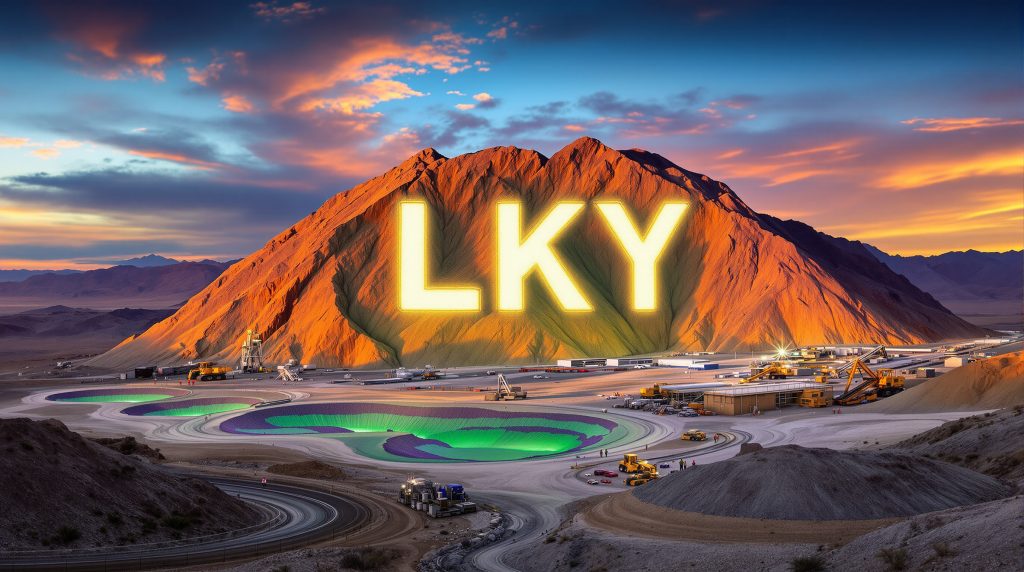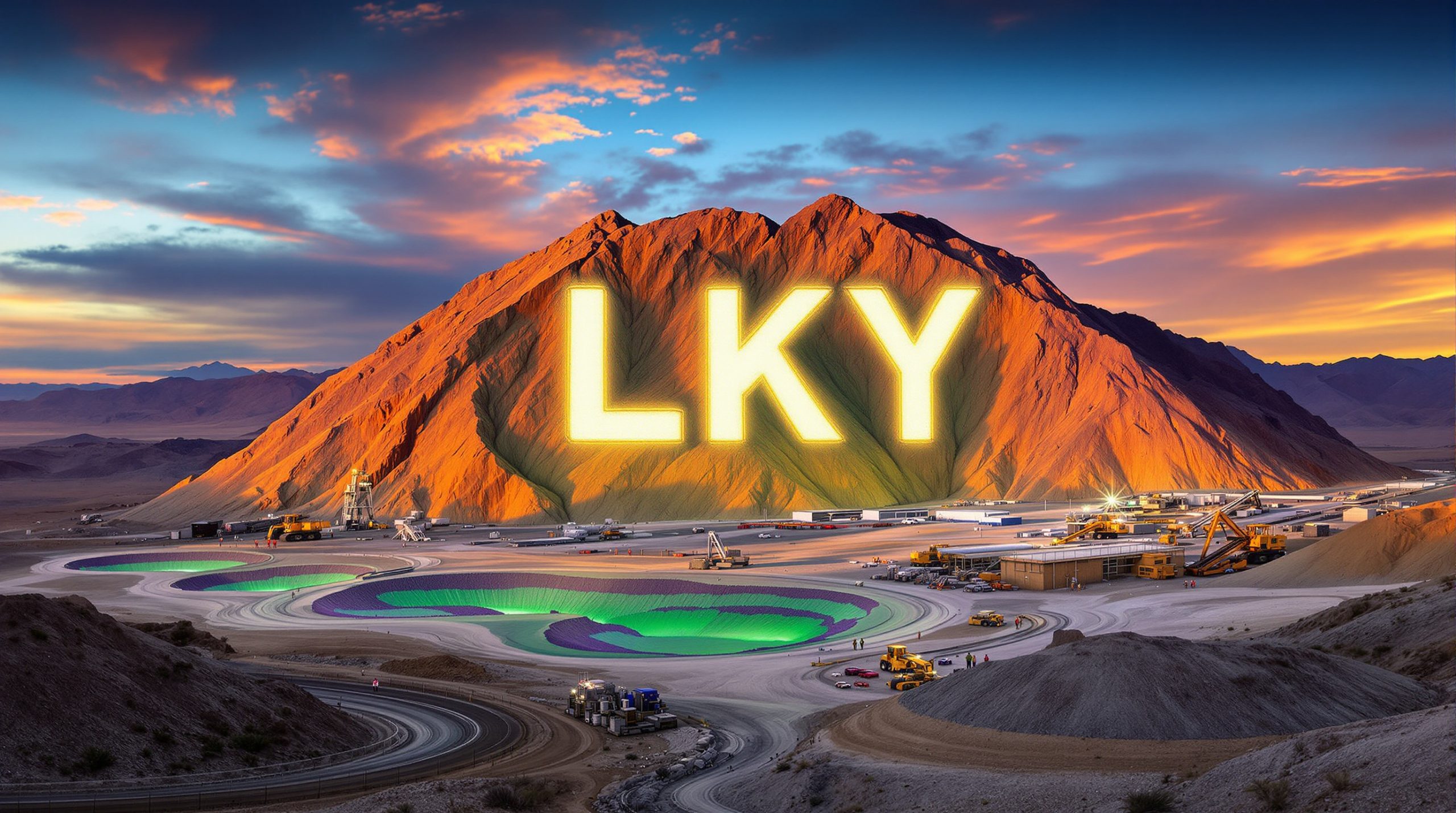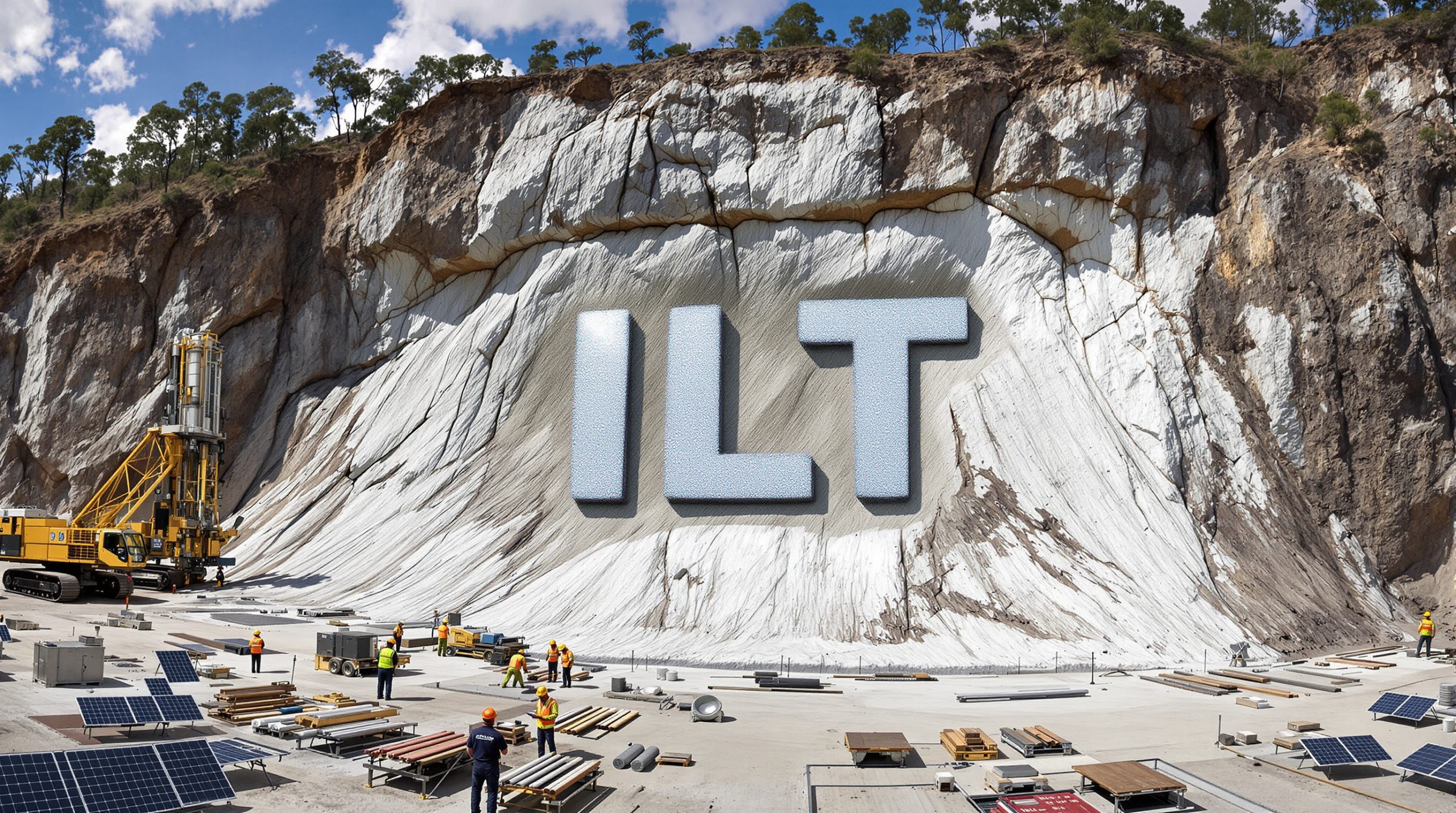Locksley Resources Bolsters Leadership Team to Accelerate Critical Minerals Strategy
Locksley Resources (ASX: LKY | OTCQB: LKYRF) has announced a significant restructuring of its leadership team with the appointment of Pat Burke as Non-Executive Chairman, positioning the company to accelerate its growth strategy in the critical minerals sector.
Strategic Leadership Appointment Brings Rare Earth Element Expertise
In a move that signals Locksley’s commitment to advancing its Mine to Market Strategy, the company has appointed Pat Burke as Non-Executive Chairman. Burke brings substantial experience in advancing rare earth element (REE) projects, having previously served as Executive Chairman of Meteoric Resources NL (ASX: MEI), where he oversaw the acquisition and advancement of the Caldeira ionic clay REE project in Brazil – one of the world’s largest high-grade ionic clay rare earth deposits.
Burke’s appointment is particularly strategic as Locksley advances its Mojave Project in California, which targets both rare earth elements and antimony. His proven track record includes:
-
- 20+ years of legal and corporate advisory experience
-
- Significant expertise in corporate, commercial and securities law
-
- Board roles across ASX, AIM, and NASDAQ-listed companies
-
- Experience in project acquisition, structuring, financing, and development
Former Chairman Nathan Lude will transition to the newly created role of Head of Strategy, Capital Markets & Commercialisation, allowing him to focus exclusively on advancing the company’s U.S. minerals projects, processing pathways, and downstream initiatives.
“Locksley has rapidly advanced its growth strategy in recent months, advancing both upstream project development and new downstream opportunities. This change allows me to focus on our Mine to Market initiatives in the U.S., where our projects and partnerships can meaningfully strengthen America’s critical minerals supply chain,” commented Nathan Lude.
Realigned Executive Focus on U.S. Critical Minerals Opportunity
The leadership restructuring allows Locksley to dedicate specialized expertise to three strategic pillars:
Downstream Technology & Commercialisation
-
- Coordination of Locksley’s collaboration with Rice University to accelerate antimony extraction, processing, and energy storage innovation
-
- Securing commercial licensing opportunities and identifying pilot sites
-
- Establishment of Locksley’s U.S. subsidiary and Advisory Board
Strategic Partnerships & Government Engagement
-
- Building alliances with U.S. defense, energy, and technology sectors
-
- Coordinating engagement through GreenMet, including submissions to U.S. federal funding programs (DOE, DoD, EXIM Bank)
Capital Markets & Investor Growth
-
- Expansion of U.S. investor base via OTCQB platform
-
- Assessment of growth pathways to OTCQX, NASDAQ, and Frankfurt listings
-
- Oversight of marketing, investor relations, and public relations
Mojave Project: Strategic U.S. Critical Minerals Asset
Locksley’s flagship Mojave Project in California represents a significant opportunity in the critical minerals space, particularly as the U.S. seeks to reduce dependence on Chinese supply chains for both rare earth elements and antimony.
The project comprises over 250 claims across two contiguous prospect areas:
- North Block/Northeast Block: Directly abuts claims held by MP Materials
- El Campo Prospect: Located along strike of the Mountain Pass Mine
The project also includes the historic “Desert Antimony Mine”, which last operated in 1937. This is particularly significant as the United States currently has no domestic antimony production, despite high demand for the metal in defense systems, semiconductors, and metal alloys.
“Locksley’s integrated approach from resource development through to downstream processing and advanced applications is well aligned with the current U.S. focus on secure, strategic critical minerals supply chains. I look forward to working with the Board and management to advance the Company’s portfolio and deliver value for shareholders,” said Pat Burke.
Understanding Ionic Clay Rare Earth Deposits
Ionic clay rare earth deposits represent one of the most economically viable sources of rare earth elements globally and are a key focus area for Locksley Resources. These deposits have distinctive characteristics that make them particularly valuable for commercial development.
Unlike traditional hard-rock deposits that require extensive crushing, grinding, and complex processing, ionic clay deposits contain rare earth elements that are adsorbed onto clay particles. This geological formation allows for extraction using relatively simple leaching techniques that have significantly lower environmental impact compared to conventional mining methods.
From an economic perspective, ionic clay deposits typically require substantially less capital expenditure to develop. The processing techniques are less energy-intensive and often don’t require the construction of large-scale crushing and grinding circuits.
Another key advantage of these deposits is that they frequently contain higher concentrations of the more valuable heavy rare earth elements (HREEs). These elements, which include dysprosium, terbium, and yttrium, typically command premium prices in the market due to their crucial applications in high-tech industries and their relatively scarce supply.
For investors, ionic clay deposits represent an attractive opportunity because they can often be brought into production more quickly and at lower cost than traditional hard-rock mining operations. This can potentially lead to faster returns on investment and a more competitive position in the rare earth elements market.
Pat Burke joins Locksley Resources with valuable expertise from the Caldeira ionic clay REE project in Brazil that will benefit the company as it advances its Mojave Project, which may contain similar geological features.
Future Growth Strategy and Timelines
Locksley’s leadership restructuring comes at a critical time as the company prepares to advance several key initiatives:
-
- Maiden drilling program at the Mojave Project
-
- Advancement of antimony extraction and processing technologies with Rice University
-
- Submission for U.S. government funding opportunities
-
- Expansion of U.S. investor base and potential uplisting to larger exchanges
The company’s dual focus on both upstream resource development and downstream processing aligns perfectly with current U.S. policy directives aimed at securing domestic supply chains for critical minerals.
Investment Case: Strategic Position in Critical U.S. Supply Chains
Locksley presents a compelling investment case based on several key factors:
- Strategic Asset Location: The Mojave Project is located in California, providing a potential domestic source of critical minerals for the U.S. market
- High-Value Target Minerals: Focus on rare earth elements and antimony, both designated as critical minerals by the U.S. government
- Experienced Leadership: The appointment of Pat Burke brings proven experience in advancing rare earth projects
- Integration Strategy: The company’s Mine to Market approach covers the entire value chain from resource development to downstream applications
- Government Alignment: Locksley’s focus aligns with U.S. strategic objectives around critical mineral independence
Why Investors Should Follow Locksley Resources
Locksley Resources has positioned itself at the intersection of several powerful market trends:
-
- Growing geopolitical urgency to diversify critical mineral supply chains away from China
-
- Increasing demand for rare earth elements in renewable energy, electric vehicles, and defense applications
-
- Rising importance of antimony in energy storage, defense systems, and semiconductor manufacturing
-
- U.S. government initiatives to fund and support domestic critical minerals projects
With its strategic leadership restructuring, Locksley is now better equipped to capitalise on these trends and advance its projects toward development. The company’s integrated approach from resource development through to downstream processing creates multiple potential value creation opportunities for investors.
The appointment of Pat Burke as Non-Executive Chairman, with his proven experience in the rare earth elements sector, alongside Nathan Lude’s focused role on U.S. strategy and commercialization, positions Locksley to accelerate its growth in the critical minerals sector at a time when secure supply chains are becoming increasingly important.
Locksley’s Mojave Project, with its proximity to existing rare earth operations and its potential for both REE and antimony production, represents a strategic asset in a jurisdiction actively seeking to develop domestic critical mineral resources. As the company advances its maiden drilling program and continues to develop its downstream processing capabilities, investors have multiple potential catalysts to monitor in the coming months.
Want to Invest in a Company Securing America’s Critical Minerals Future?
To discover more about how Locksley Resources is positioning itself at the intersection of rare earth elements, antimony production and downstream processing technologies with its strategic Mojave Project in California, visit Locksley Resources’ website today. Learn how their leadership restructuring and Mine to Market strategy could deliver significant shareholder value as the US seeks to reduce dependence on foreign critical mineral supply chains.




